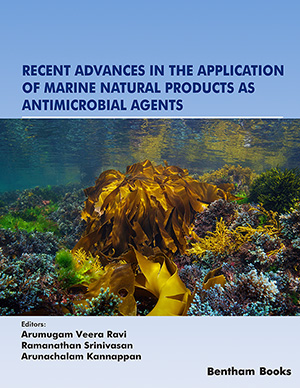
Abstract
Background: Triamcinolone is a long acting corticosteroid used in the treatment of arthritis, eczema, psoriasis and similar conditions which cause inflammation. Triamcinolone has half-life of 88min. Prolonged oral use is associated with gastrointestinal adverse effects as peptic ulcer, abdominal distention and ulcerative esophagitis as described in various patents. Microemulgel offers advantage of better stability, better loading capacity and controlled release especially for drug with short half life.
Objective: Objective of the present study was to optimize microemulgel based transdermal delivery of triamcinolone.
Method: Saturated solubility of triamcinolone in various oils, surfactants and co-surfactants is estimated. Pseudo-ternary phase diagrams were constructed to determine the region of transparent microemulsion. Microemulsion was evaluated for globule size (FE-SEM, zetasizer), % transmittance, pH, viscosity, conductivity etc. Design of experiment was used to optimize microemulsion based gel. Carbopol 971P and HPMC K100M were used as independent variables. Microemulsion based gel was evaluated for in-vitro as well as ex-vivo parameters.
Results: Microemulsion was formulated with oleic acid, lauroglycol FCC and propylene glycol. PDI 0.197 indicated microemulsion is mono-disperse. 32 factorial design gave batch F8 as optimized. Design expert suggested drug release; gel viscosity and bio-adhesive strength were three significant dependant factors affecting the transdermal delivery. F8 showed drug release 92.62.16±1.22% through egg membrane, 95.23±1.44% through goat skin after 8hr and Korsmeyer-Peppas release model was followed.
Conclusion: It can be concluded that a stable, effective controlled release transdermal microemulgel was optimised for triamcinolone. This would be a promising tool to deliver triamcinolone with enhanced bioavailability and reduced dosing frequency.
Keywords: Triamcinolone, transdermal, microemulsion, gel, delivery, optimizatio
 62
62 6
6























